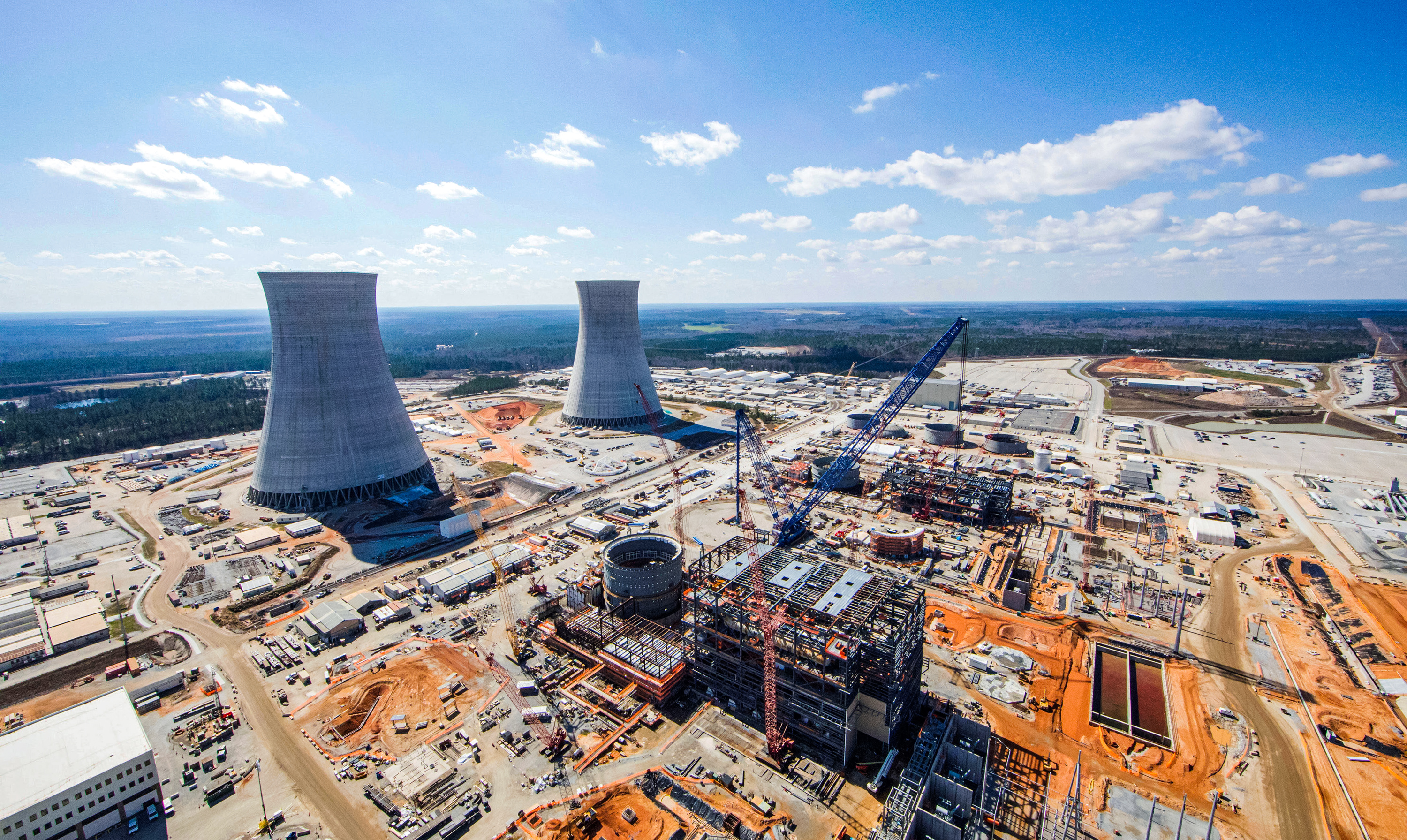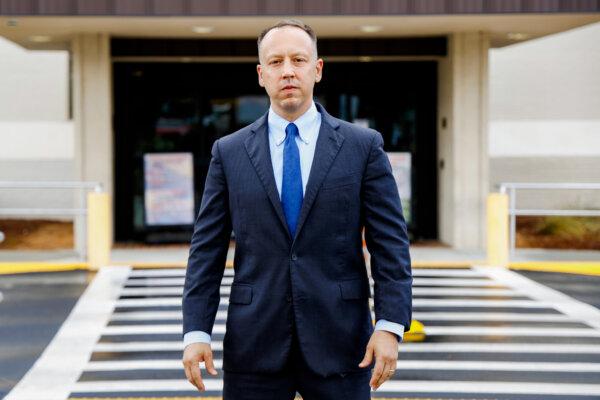Energy policy is among the most polarizing issues in the 2024 election, with candidates toeing distinct party lines, including those laid out by Vice President Kamala Harris and former President Donald Trump in their presidential campaign platforms.
Democrats generally support the Biden administration’s emphasis on renewable energy. Harris is among those who say modernizing energy infrastructure to transition from fossil fuels to carbon-free generation is the key to slowing climate change and staying competitive in an electrified 21st-century economy.










